How to Create a Whole-House Color Palette
Create uniformity and cohesiveness in your home


First, consider your goals and decide what energy you want your home to have.
Consider the colors and hues of your hard finishes, such as flooring and countertop colors, which will be much more expensive to change.
Don’t forget to choose a trim color and finish before you get started.
Start with a foundation color for your home’s main areas, then move on to bedrooms and secondary living areas.
If you’ve ever spent time in the paint swatch area at your local home improvement store agonizing over which color to pick, you already know how a whole-house color palette will benefit you. Not only will your color selection process be simpler, but you’ll create a cohesive look for your home that will maximize its appeal. In this guide, we’ll offer tips for creating a whole-house color palette for a uniform appearance.
Why Choose a Whole-House Color Palette?
There are many benefits to using a whole-house color palette in your home, the most obvious of which is having an established group of colors you can choose from, whether you’re looking for room colors or choosing new decor. You’ll have a set group of colors that can drive every choice you make, from buying new couch pillows and comforters to wall decor and houseplants.
Additionally, your color palette will give your home a more professional appearance. You might be surprised just how many compliments you get on your interior design choices, all because you started with a uniform color palette. And since painting your interior provides a hefty ROI, doing the job properly can have a major impact on home resale value.
"Painting the entire house at once may be more cost-effective, as sometimes professional contractors offer discounts for larger jobs."
— Gregory Pittman, Director of Commercial Painting Services at Five Star Painting
How to Choose a Whole-House Color Palette
Here are a few key tips for choosing a whole-house color palette and bringing some uniformity to your living space.
Think About Your Goals
Start by considering what kind of energy you want your home to have. If you prefer a calmer, more relaxing vibe, start with more neutral colors, like beiges and grays. Consider more vibrant colors if you prefer a bit more energy in your space.
If you’re not sure what energy you want in your home or how to establish a “mood,” speak with an interior painting company near you for professional guidance.
Consider Hard Finishes and Use Them As a Guide
It’s a good idea to consider the colors of hard finishes in your home, like flooring, cabinets, vanities, and countertops. These things contribute to the palette whether you like it or not, and replacing them in addition to painting will always be more expensive. Instead, try to tie them together by choosing a color or series of colors that works with them. You can use complimentary colors to match varying hard finish colors throughout your home.
Start With Trim and Ceilings
It’s easy to overlook your trim and ceilings because they’re typically just white, but it’s a good idea to make sure they all match throughout your home. Look to match the color and finish to get the cohesive look started before you even touch your walls. In most cases, you won’t be painting ceilings the same color as walls, so a simple white will usually do.
Choose a Foundation Color for Your Main Area
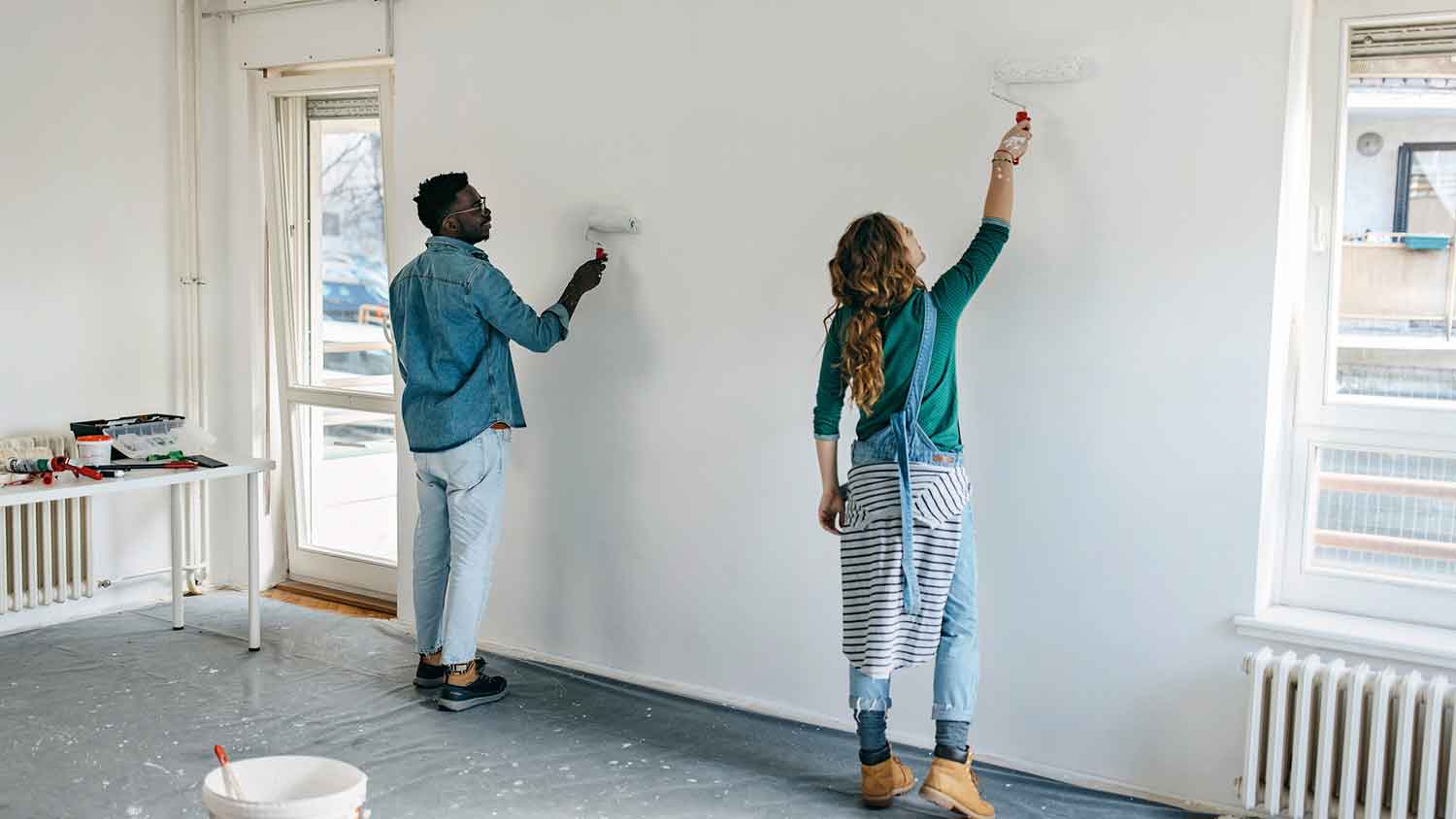
Next, choose a base color for your main living area. Most homeowners go with a more neutral color so that it’s not overwhelming the second someone walks into your home. You’ll use other colors and accent walls in other rooms to spice things up a bit, so don’t be afraid to keep things simple here.
Choose Related Colors for Bedrooms
Once you have your primary color, choose colors for your bedrooms and secondary living areas. You can opt for analogous colors in the same family, use complementary colors from opposite ends of the color wheel, or use compound complements, which include analogous colors with a complementary accent color. The best nursery colors may differ from the best master bedroom colors, so consider how you’ll use the room when deciding on the color.
Consider Accent Walls
Finally, think about accent walls for various rooms. At this stage, choosing accent wall colors should be simple since you have an idea of the whole-home color palette. Pick slightly darker colors for accent walls to give the illusion of more living space, and consider different painting techniques to add some intrigue while keeping the colors static.
Frequently Asked Questions
A whole-house color palette often has between five and seven colors. Those include the trim color that appears throughout your home, a foundation color for your main living areas, secondary colors for each bedroom, and accent colors, which are close to your foundation or secondary colors. Smaller homes under 1,000 square feet may just have four or five colors, while larger homes can have ten or more and still look cohesive.
Establishing a whole-house color palette gives your home a sense of uniformity and makes your interior look more visually appealing. Overdoing a single color can make your home feel monotonous, while too many colors can create a sense of chaos and disorganization. When in doubt, choose a foundation color and then use complementary colors to accent.
The 60-30-10 rule suggests that around 60% of your living space should be a dominant color, 30% should be covered by secondary colors that match the dominant color, and 10% of your space should be covered by accent colors that stand out from the rest. This isn’t a hard and fast rule, but it can help keep your color selections organized and cohesive.
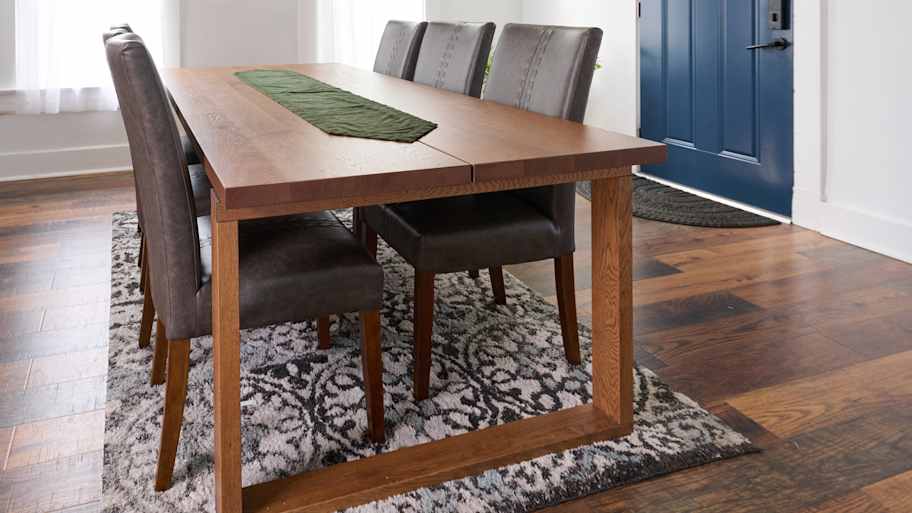
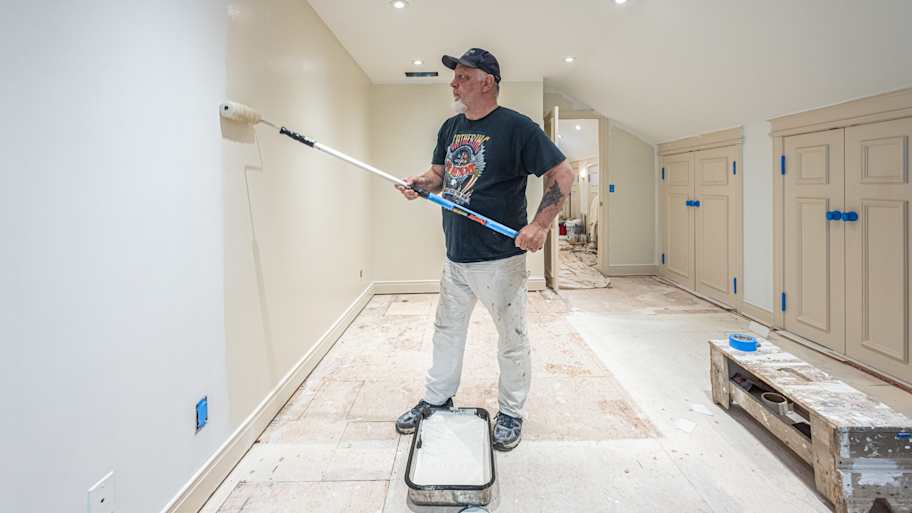
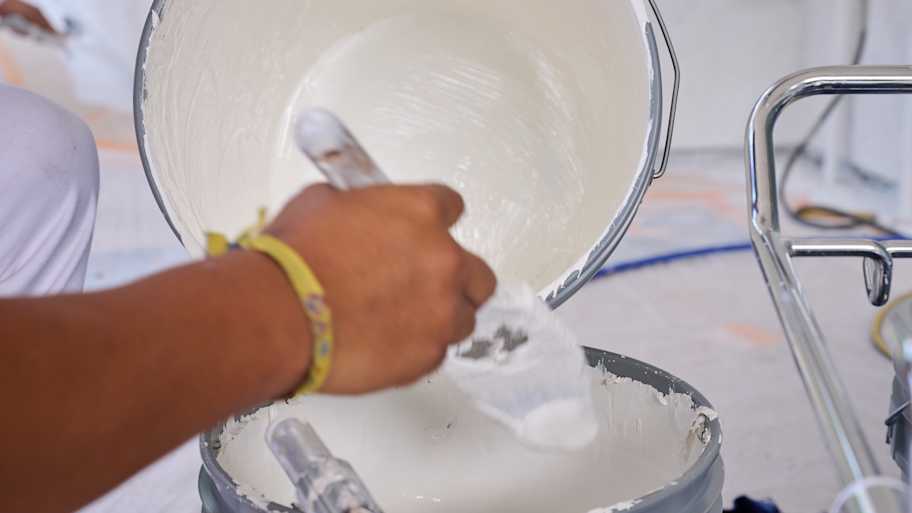

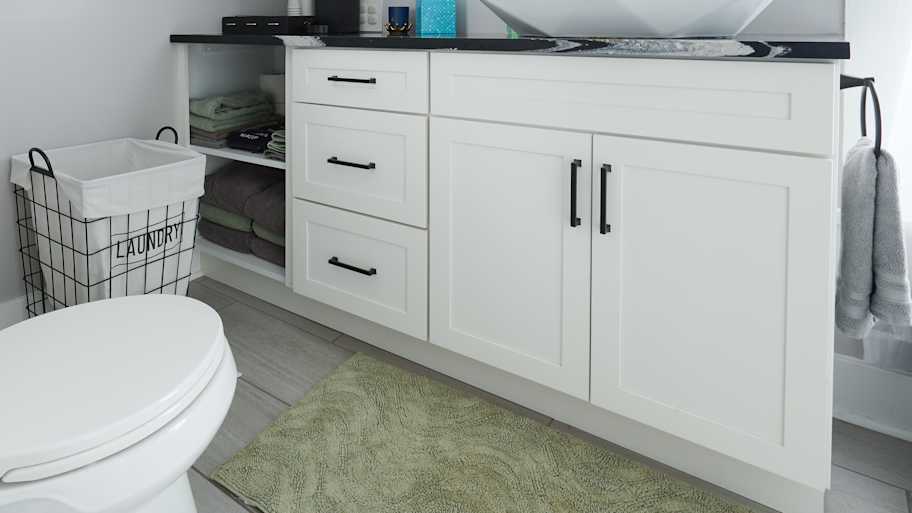
- How to Use Color Theory in Home Design
- 7 Ways to Organize Your Home and Life by Color
- Study: The Most Popular Color in Every State
- 11 Tips for Furnishing Your Patio to Make It Fresh, Fun, and Inviting
- 5 Home Improvement Projects You Can Do for Under $1,000
- Avoid These 7 Common Interior Design Mistakes
- Shaker Style: 7 Ways to Work With the Design from Cabinetry to Wall Panels
- 23 Popular Siding Colors That Make a Statement on Your Block
- 9 Micro Loft Design Tips to Save Space
- 16 Exterior Window Trim Ideas and Styles to Make the Best First Impression










